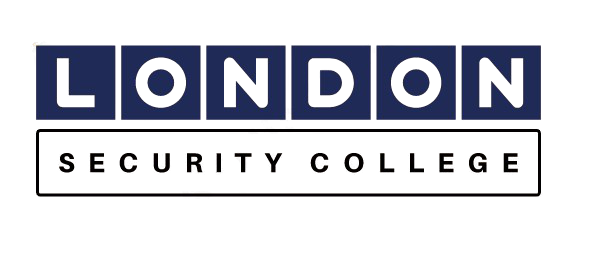Identifying Vulnerable People
Security officers play a vital role in ensuring the safety and well-being of individuals in their environments. Recognising vulnerable individuals is essential to prevent harm, provide assistance, and uphold the duty of care. People may become vulnerable due to their age, personal circumstances, or external influences such as intoxication, harassment, or exploitation.
Being able to identify these individuals and take appropriate action is a fundamental responsibility of security personnel. This guide will help security officers recognise the signs of vulnerability and take the necessary steps to safeguard those at risk.
What Makes a Person Vulnerable?
A vulnerable person is someone who is at a higher risk of harm due to various factors. Vulnerability is not always visible, so security officers must be observant and proactive.
The key factors that can make a person vulnerable include:
1. Age-Related Vulnerability
Children and Young People (Under 18s)
- May be lost, alone, or intoxicated.
- Can be easily influenced or targeted by predators.
- At risk of child sexual exploitation (CSE) if seen in the company of older individuals or engaging in inappropriate behaviour.
Elderly Individuals
- May have physical limitations or medical conditions.
- Could be confused, disoriented, or lost.
- More likely to be victims of theft, fraud, or exploitation.
2. Individuals Under the Influence of Alcohol or Drugs
- Reduced inhibitions, making them more vulnerable to harm or exploitation.
- Uncoordinated movement, increasing the risk of injury.
- Displays of aggression or irrational behaviour, putting themselves or others at risk.
- Impaired judgement, leading to unsafe decisions.
3. Individuals Receiving Unwanted Attention
- May be harassed, followed, or pressured by others.
- Could be at risk of sexual assault or exploitation.
- Often display signs of distress, fear, or discomfort.
4. Potential Victims of Domestic Violence
- Victims of domestic abuse may be fearful, withdrawn, or hesitant to seek help.
- They may display visible injuries or appear emotionally distressed.
- Security officers should be aware of signs and offer support discreetly.
5. People with Disabilities or Medical Conditions
- Physical disabilities may limit their ability to move freely or seek help.
- Mental health conditions such as anxiety or depression may make them vulnerable to distressing situations.
- Invisible disabilities (e.g., autism, epilepsy, chronic illness) may not be immediately apparent but can affect an individual’s safety and ability to respond to danger.
6. Indicators of Child Sexual Exploitation (CSE)
Security officers must be vigilant in spotting signs of child sexual exploitation, which may include:
- Young people accompanied by much older individuals.
- Signs of intoxication or unusual behaviour.
- Frequent arrival and departure with different adults.
- Getting into multiple cars in a short period.
How to Respond to Vulnerable Individuals
1. Assess the Situation
- Observe body language, behaviour, and environment to determine if an individual is at risk.
- Engage in non-threatening communication to understand their needs.
2. Provide Assistance
- Ask if they need help in a professional and supportive manner.
- If alone, help them find a trusted friend, family member, or staff member.
- Offer a safe place for them to recover if needed.
3. Take Appropriate Action
- If someone is highly intoxicated or at risk, consider calling:
- A licensed taxi to take them home.
- Local support initiatives such as street pastors or safe havens.
- Emergency services if the individual is in immediate danger.
4. Responding to Allegations of Abuse or Assault
Security officers often serve as first points of contact when victims disclose incidents of abuse or assault. In such cases:
- Ensure the victim’s immediate safety.
- Separate them from the alleged perpetrator.
- Report the incident to management and authorities immediately.
- Document all details in an incident report.
5. Handling Sexual Predators
Sexual predators may exhibit suspicious behaviour such as:
- Closely monitoring intoxicated or vulnerable individuals.
- Buying excessive drinks or gifts for individuals who seem easily influenced.
- Using phones inappropriately, such as taking unauthorized photos.
Legal and Ethical Responsibilities
Security officers must operate within legal and ethical guidelines when identifying and supporting vulnerable individuals. Key responsibilities include:
- Complying with duty of care obligations under the Licensing Act 2003.
- Following SIA regulations regarding safeguarding vulnerable individuals.
- Maintaining professionalism and confidentiality when dealing with sensitive incidents.
- Accurately recording and reporting incidents to management and law enforcement.

